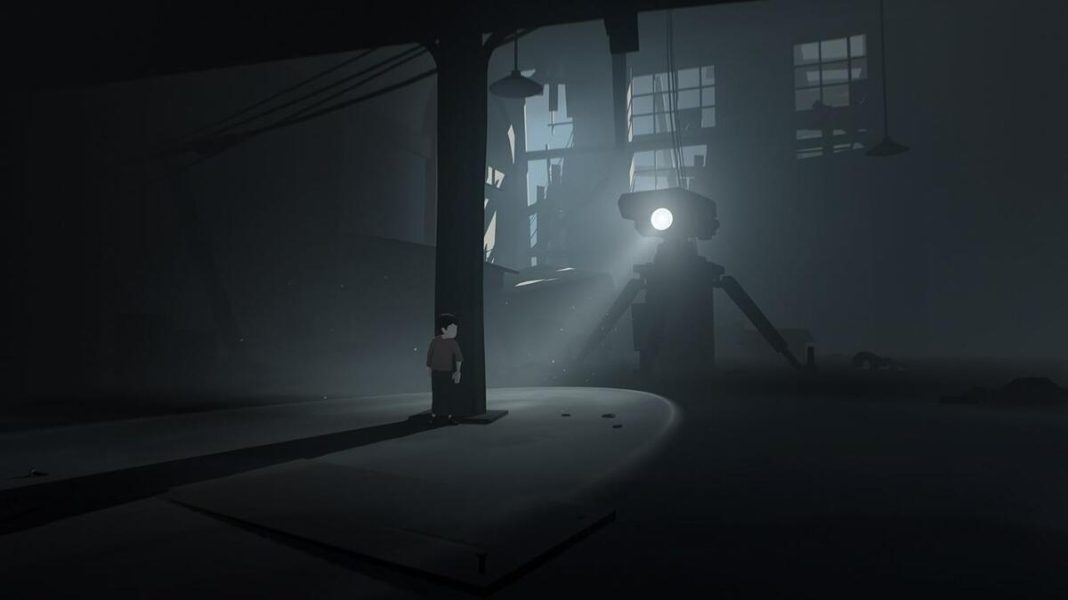We recently talked about “Limbo,” a game by PlayDead, and gave you a brief look at the game, all the while telling you what makes the game so special. Let’s do the same for PlayDead’s second game. Just like “Limbo,” this article will also be short and will not mention or talk about a lot of things as there isn’t a lot to say. For some people, this game failed to capture the magic of “Limbo,” while for others, not only did it capture it, but it surpassed “Limbo” and is an even greater achievement. As you can see, your conclusion will be your own once you finish both of these games. My answer is that I like both of them equally, and I do feel like they both stand out for their own reasons. Let’s take a look at PlayDead’s second game. Today’s Game: “Inside.”
What Is ‘Inside’?
Just like “Limbo,” “Inside” is a side-scrolling platformer and puzzle game that, unlike its sibling, presents itself in 2.5D. Just like “Limbo,” the game lets you interpret what’s going on and doesn’t present a plot that you go through. The game begins as your player character, a young boy, tumbles and falls down a cliff, and once you gain control of him, you realize that he is being chased by security guards and dogs, among other things. That’s all the game tells you and leaves the rest to your interpretation.
The tone here is not as dreadful as “Limbo” in a way, but in another way, it’s a lot more dreadful than “Limbo.” While “Limbo” told a story that was somewhat more personal, “Inside” focuses on telling a story revolving around a science experiment of sorts, the details of which I won’t be getting into here. What separates “Inside” from “Limbo” is how thematically different both of these games are, and though similar in both gameplay and presentation, how this game separates itself from “Limbo” and creates its own haunting and chilling world. It’s a work of brilliance and is crafted so masterfully that, in a way, it’s scary that someone can create something like this in the first place.
The game has no dialogue, and the only sounds you’ll hear throughout the journey are of the boy panting, the dogs and other things chasing him, the footsteps, and so on—basically all sorts of ambient noises with some musical notes and cues peppered here and there. Just like “Limbo,” this game has no dialogue as well, and that’s awesome. The atmosphere and presentation here are just as solid, haunting, and eerie as they were in “Limbo,” if not better, and they do use color here, although sparingly. For instance, the boy’s shirt is red, and you can see some other light or greyed-out colors in the background, but the presentation overall is still very monochromatic.
You’ll solve puzzles along the way, evade dangerous enemies that are chasing you, and die countless times in an incredibly brutal fashion as you make your way toward the end. The game also adds some sections that deviate from you running from left to right, like swimming and so on, and takes full advantage of jumping from 2D to 2.5D. Speaking of the end, the game has a main ending that is pure insanity and something I can’t even begin to describe. Then there’s an alternate ending that can be unlocked by doing a specific thing, and I leave that for you to figure out.
These types of artsy games, all of which are open to interpretation, are very hard to talk about and describe, and that’s the sole reason why I am not giving elaborate descriptions for these. I won’t lie to you; it took me two playthroughs to understand what was going on, and once again, my interpretation of the events can be vastly different from yours as there is not a single solid answer for it.
That’s “Inside” in a nutshell, a 2.5D platformer and puzzle game with amazing visuals and an incredible atmosphere. The presentation on offer is stellar, and the narrative alongside the design are plain superb.
Should You Play ‘Inside’?
Yes. Period. “Inside” is unlike any other game out there of this genre and, despite sharing a ton of similarities and DNA with “Limbo,” it does an incredible job in making its own identity and standing on its own. “Inside” is weird, but in a good way. The game will invoke thoughts and make you question some of the things that we just happen to take for granted. How something so somber, calm, and silent can invoke so many feelings and make you question so much is why this game is not just a game but a work of art (as are most games) and something that not everyone can understand, comprehend, or replicate. It’s a masterclass in every sense of the word, and I am happy that I got the chance to experience it.
Completion for this game can be achieved in under 5 hours; I’d say, which includes unlocking all of the achievements, which are very simple and straightforward.
“Inside” is available for $19.99 for Xbox One, PlayStation 4, Switch, and PC and is also available on mobile devices through the Play Store and the App Store. Some games you should jump blindly into without knowing what they are about, and “Inside” is surely one of them. Go play it; you’ll be simply left awe struck.
See more: Indie Game Spotlight: ‘Dodgeball Academia’ Review -Should You Play The Game?

